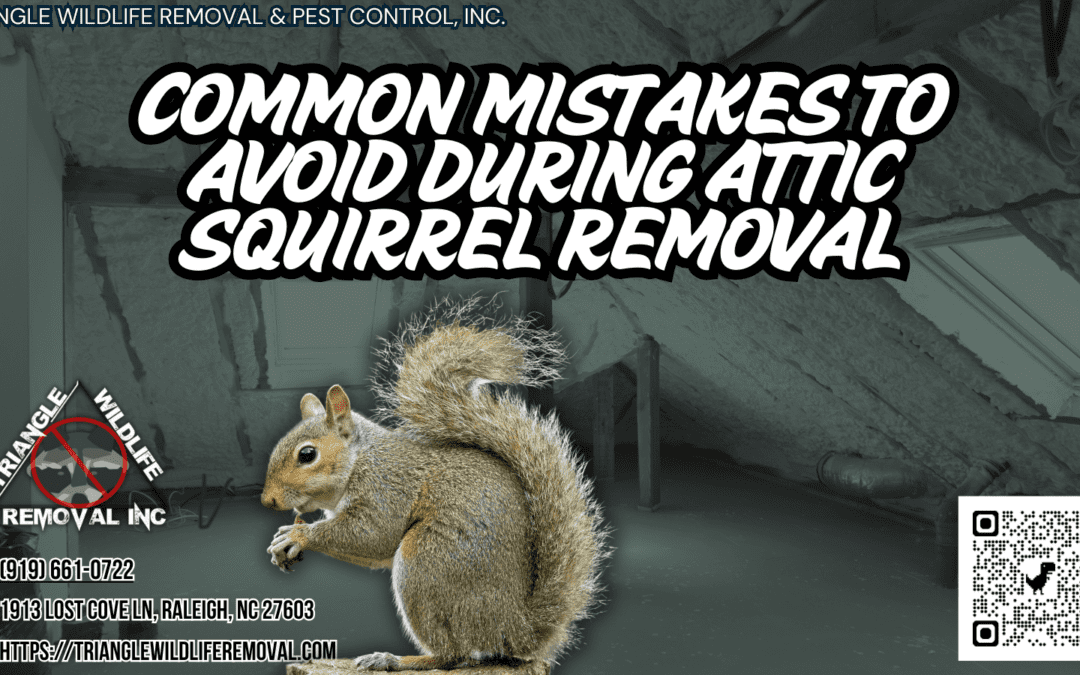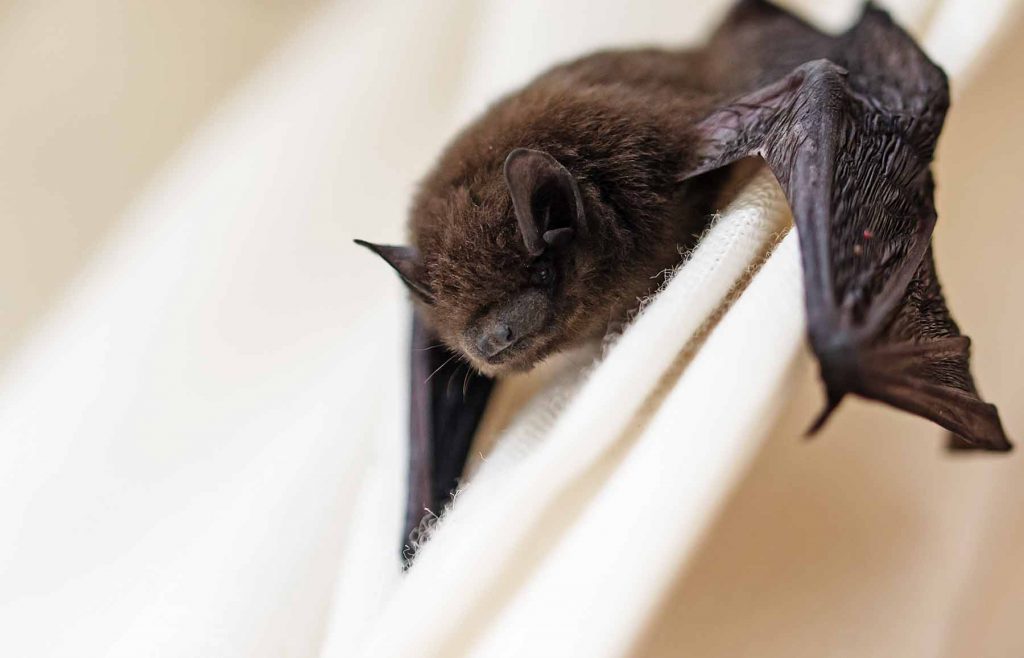When dealing with attic squirrel removal, it’s crucial to steer clear of common mistakes that can hinder the process. From overlooking proper entry point sealing to using ineffective trapping techniques, there are several pitfalls that individuals often encounter. However, these missteps can lead to prolonged infestation issues and potential hazards within your home. By avoiding these errors and implementing best practices, you can ensure a smoother and more successful squirrel removal process.
Key Takeaways
- Inadequate entry point sealing invites future squirrel infestations.
- Improper trapping techniques hinder successful squirrel captures.
- Neglecting attic cleanup leads to health hazards and reinfestations.
- Seeking professional assistance ensures safe and complete squirrel removal.
Inadequate Entry Point Sealing
When attempting attic squirrel removal, one common mistake to avoid is inadequate sealing of entry points. Proper exclusion techniques are crucial for effectively keeping squirrels out of attics. Before beginning the removal process, a thorough entry point assessment should be conducted to identify all potential ways squirrels may be entering the attic. This assessment helps in determining the size and location of entry points, enabling the implementation of appropriate exclusion methods.
To prevent squirrels from re-entering the attic, it is essential to seal off all entry points securely. This involves using materials such as steel mesh, caulk, or metal flashing to block any openings that squirrels could use to gain access. Failing to seal these entry points properly leaves the attic vulnerable to future squirrel infestations.
Incorrect Trapping Techniques
Incorrect trapping techniques can exacerbate attic squirrel problems instead of resolving them effectively. When dealing with squirrel removal, it is crucial to use proper trapping methods to ensure success. Here are some common mistakes to avoid:
- Improper baiting: Using the wrong type of bait or not placing it correctly can result in squirrels avoiding the trap altogether.
- Ineffective trapping techniques: Failing to choose the right trap for the situation or setting it up incorrectly can lead to unsuccessful captures.
- Neglecting trap maintenance: Not checking the traps regularly or ensuring they are in good working condition can decrease their effectiveness.
- Ignoring squirrel behavior: Not understanding squirrel habits and preferences can hinder trapping efforts.
- Lack of patience: Giving up too soon on a trap that hasn’t yielded results can prolong the removal process unnecessarily.
Insufficient Cleanup and Sanitation
Insufficient cleanup and sanitation in the aftermath of attic squirrel removal can perpetuate health risks and attract more pests to the area. Proper disinfection is crucial to eliminate any harmful pathogens that may have been left behind by the squirrels. Failure to thoroughly clean and sanitize the attic can lead to the spread of diseases and contamination of the living space below. Additionally, squirrel infestations often leave behind strong odors that can linger even after the animals are removed. Odor elimination is essential to prevent the attraction of other wildlife or pests seeking out the scent.
To ensure a safe and pest-free environment post-squirrel removal, it is important to engage in proper cleanup practices. This includes removing feces, urine, nesting materials, and any contaminated insulation. Using appropriate disinfectants and cleaners can help kill bacteria and viruses that may be present. Proper ventilation is also key to aiding in odor removal and drying out any damp areas that could attract more pests. By prioritizing thorough cleanup and sanitation, homeowners can mitigate health risks and prevent future infestations.
Lack of Professional Assistance
Seeking professional assistance for attic squirrel removal is crucial to ensure the safe and effective eradication of the pests. While some homeowners may consider handling squirrel infestations on their own, there are several risks and challenges associated with a DIY approach. Here are some key points to consider:
- DIY dangers: Attempting to remove squirrels without proper knowledge and equipment can lead to injuries or accidents.
- Incomplete removal: Without professional help, there is a risk of not removing all squirrels, leading to continued issues.
- Property damage: Squirrels can cause significant damage to the attic and other parts of the home if not removed properly.
- Health hazards: Squirrel droppings and urine can pose health risks if not handled correctly during removal.
- Wildlife relocation: Professionals can safely relocate squirrels to ensure they are not harmed in the process.
Neglecting Preventive Measures
Neglecting preventive measures in attic squirrel removal can result in recurring infestations and potential damage to your property. To avoid these issues, it is crucial to implement proper insulation and conduct regular inspections in your attic.
Implementing proper insulation is essential as it can help prevent squirrels from entering your attic in the first place. Squirrels are attracted to warm and cozy spaces for nesting, and inadequate insulation can make your attic an appealing spot for them to settle in. By ensuring your attic has sufficient insulation, you create a less inviting environment for squirrels, reducing the likelihood of infestations.
Regular inspections are also key in preventing squirrel infestations. By routinely checking your attic for signs of entry points, such as chewed holes or damaged vents, you can identify and address potential access areas before squirrels make themselves at home. Additionally, inspecting for any existing nests or droppings can help you detect early signs of infestation and take prompt action to remove the squirrels.
To summarize, incorporating proper insulation and conducting regular inspections are crucial preventive measures that can help safeguard your attic from squirrel infestations and the associated property damage.
| Preventive Measure | Importance |
|---|---|
| Proper Insulation | Prevents squirrel entry |
| Regular Inspections | Early detection |

